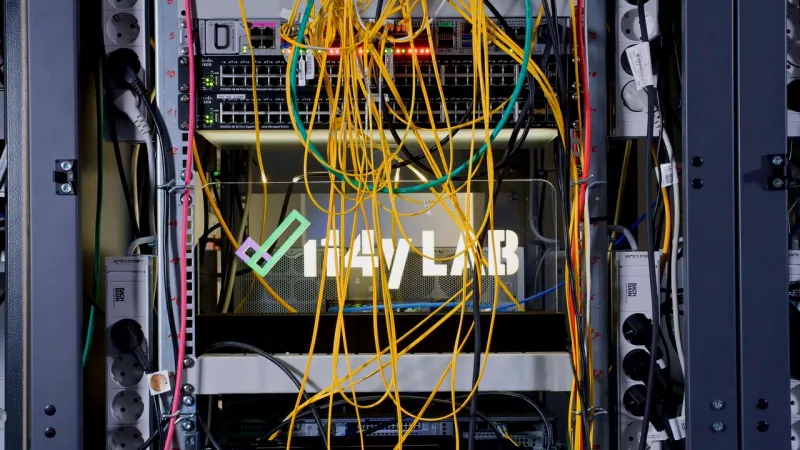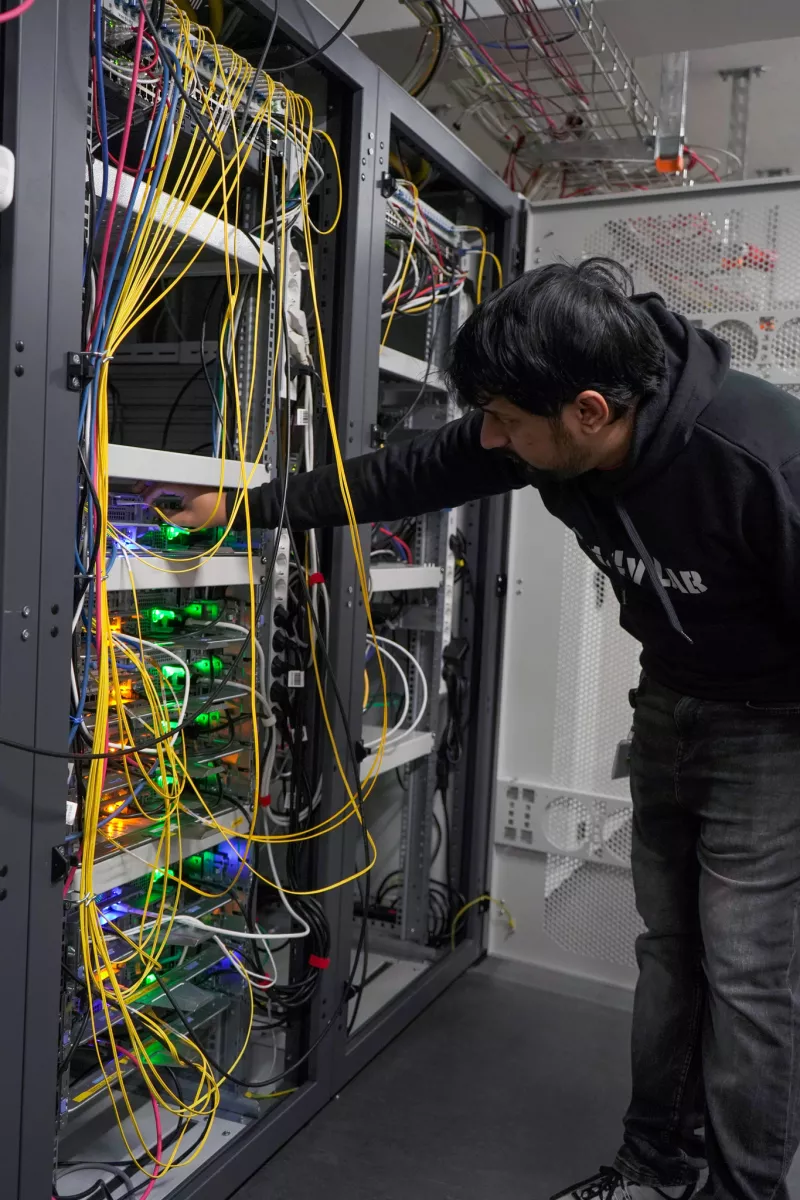The i14y Lab takes part in this effort not only because we, of course, want to help our supporting partner ONF, but also because RIC is an important part of open RAN, and we want to do our part in developing a valid and standardized testing environment for RIC.
The ONF project, as i14y Lab consortium lead Andreas Gladisch noted, is a step towards a possible reference configuration for RIC testing. Such a reference configuration and the supporting methodologies and standardized criteria are an important building block for a successful open RAN RIC ecosystem.
The setup already up and running at the i14y Lab consists of an open-source SMO, a Non-RT RIC (based on O-RAN SC stack), a Near-RT RIC and an ONF SD-RAN stack simulator. The second setup, still being implemented, consists also of an open-source SMO, a Non-RT RIC based on O-RAN SC stack, a Near-RT RIC, but uses a Viavi Simulator.



